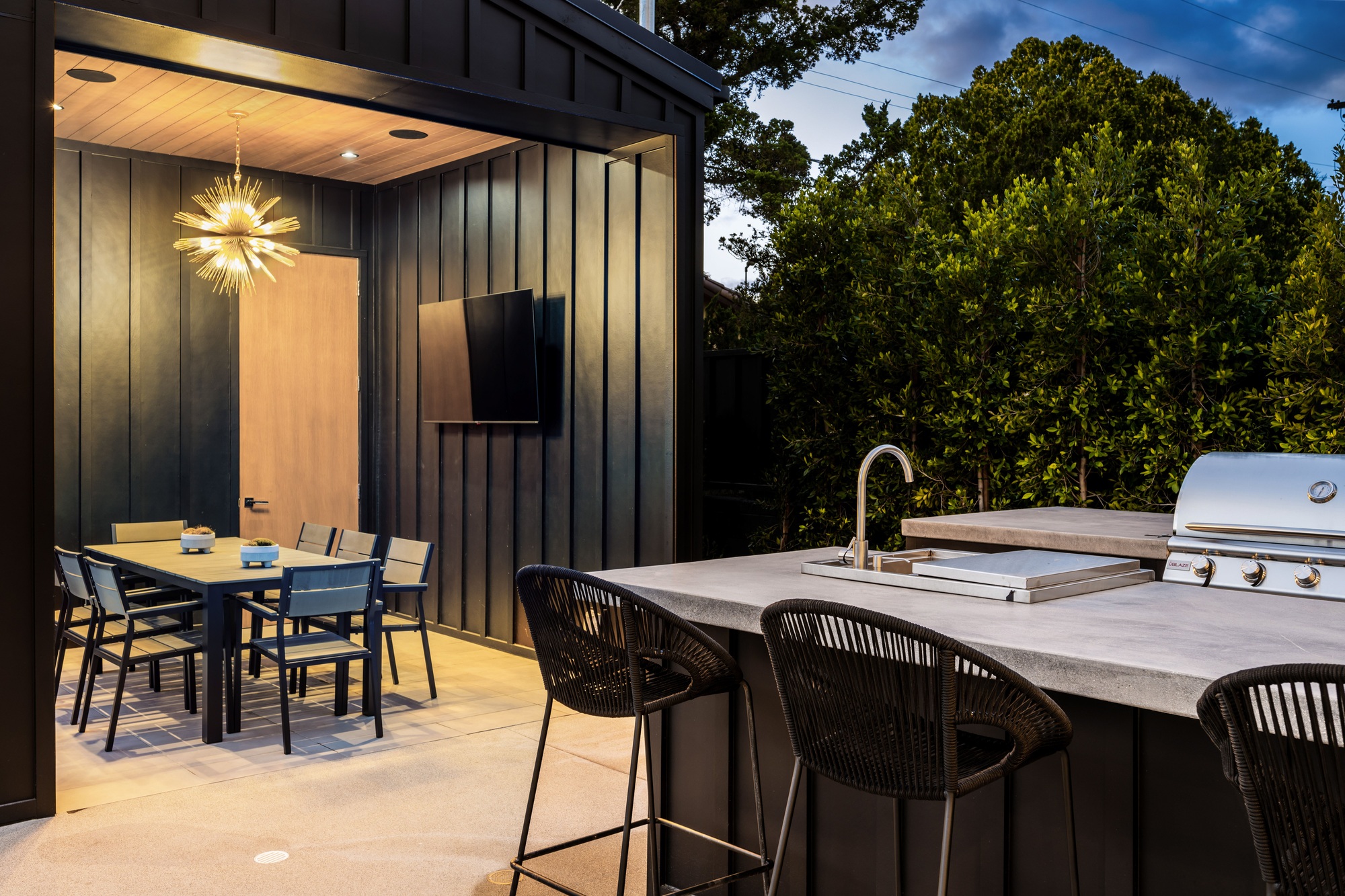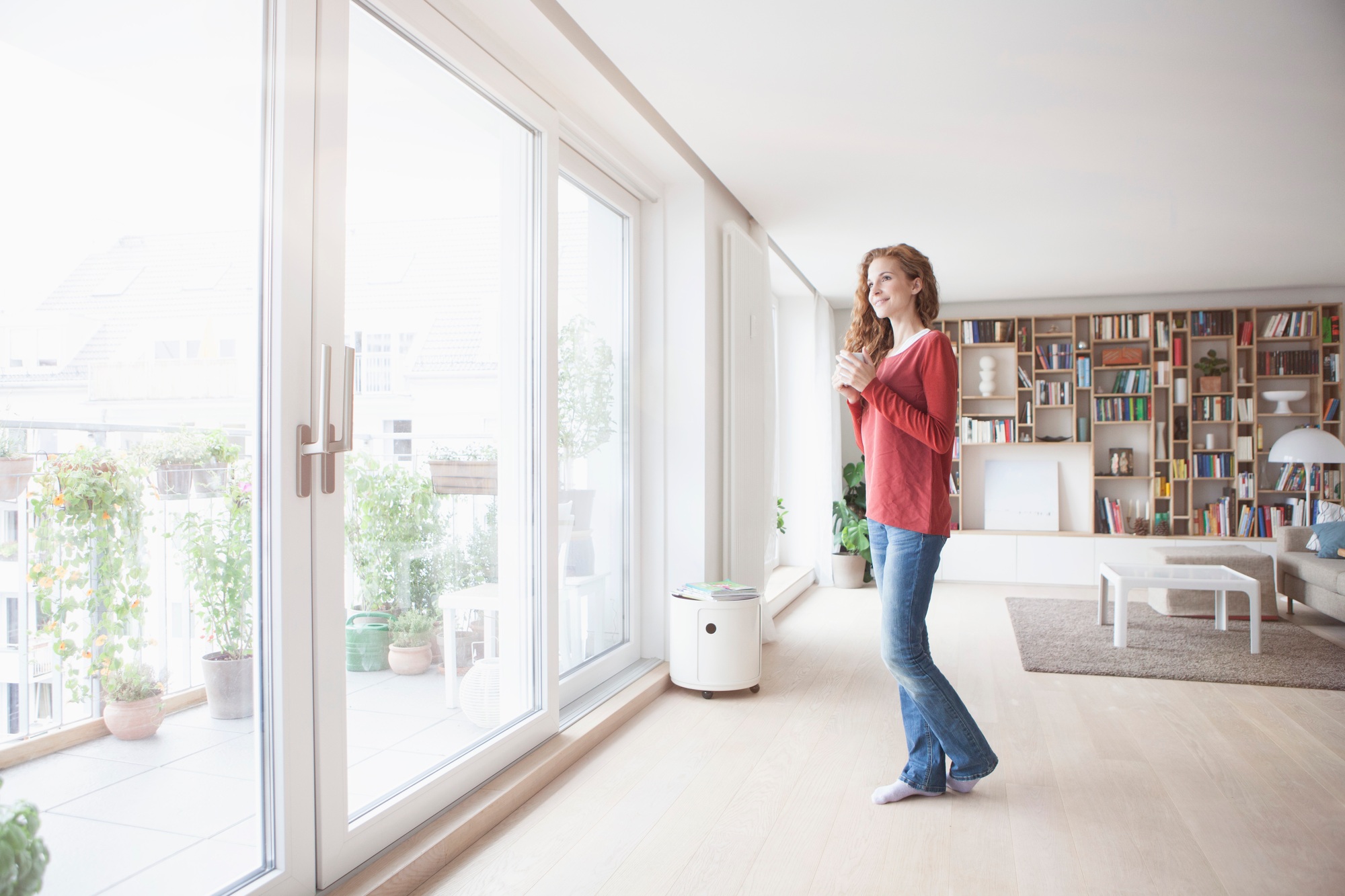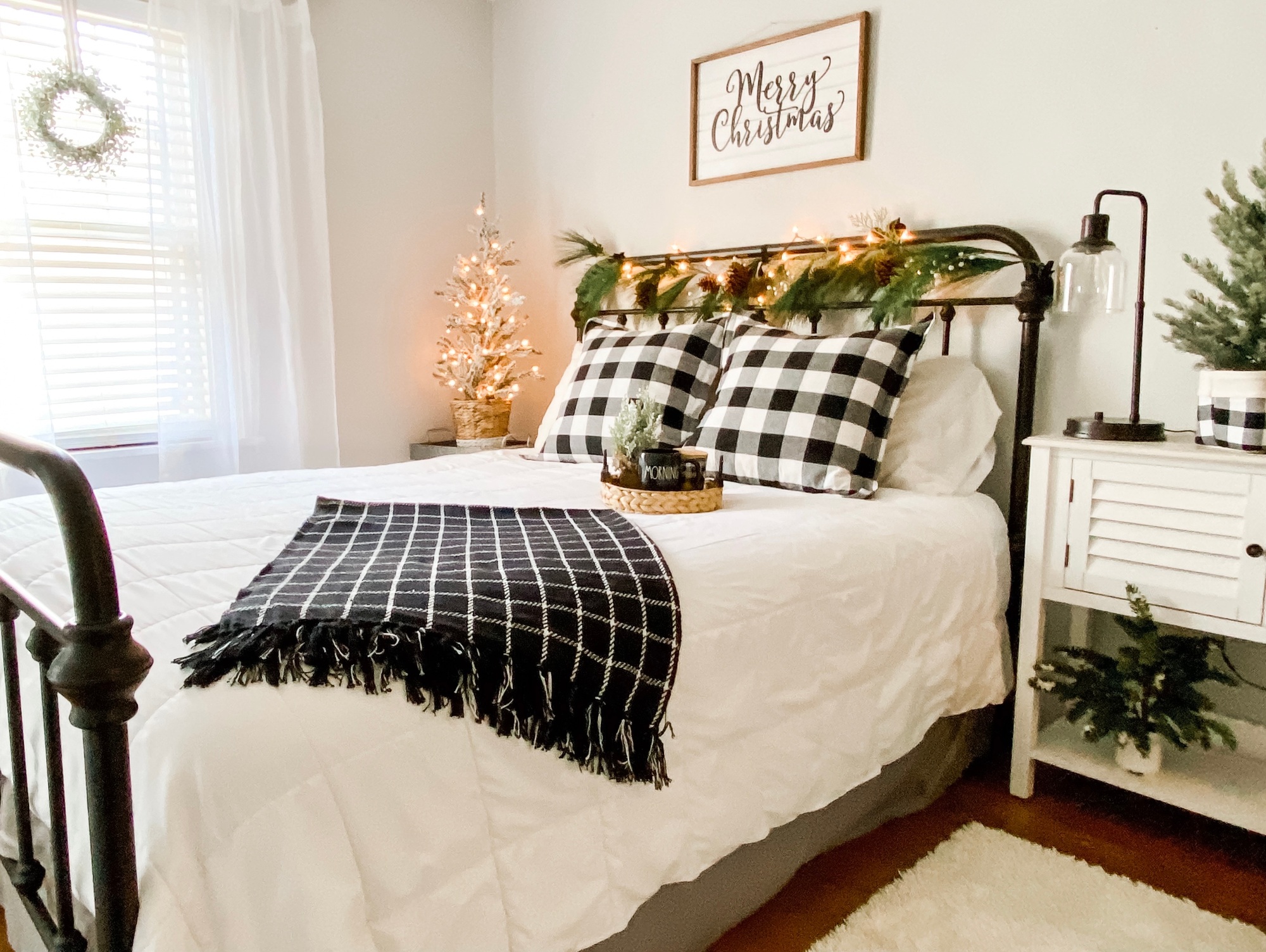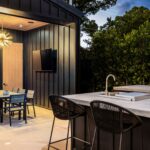As more homeowners choose to stay in their homes well into retirement, aging in place has become a major focus in remodeling. Rather than waiting for mobility challenges to arise, many people are now planning ahead by integrating universal design features that offer comfort, safety, and independence for years to come. Whether you are thinking about your own future or helping a loved one, thoughtful updates today can make all the difference tomorrow.
What Is Aging in Place?
Aging in place means living independently in your own home safely, comfortably, and affordably as you grow older. It often requires some modifications to address physical changes that happen naturally with age, such as reduced mobility, vision changes, and balance issues.
The goal is to create an environment that adapts to your needs rather than forcing you to adapt to it.
Why Plan Ahead?
Remodeling with aging in place in mind is not just about installing grab bars or adding ramps. When you incorporate universal design principles early, you create spaces that are beautiful, functional, and flexible for everyone.
A proactive approach offers several benefits:
- Greater independence and confidence as you age
- Enhanced home value and marketability if you ever decide to sell
- Cost savings by avoiding rushed, emergency modifications later
- Better aesthetics compared to retrofitting after a need arises
Planning ahead gives you more control over how your home evolves with your lifestyle and helps you avoid the disruption and stress that comes with last minute changes.
Key Areas to Focus On
When remodeling for aging in place, it makes sense to prioritize the spaces you use most often. Here are the areas that typically benefit the most from thoughtful updates.
Entryways and Hallways
Creating safe and easy access to your home starts at the entrance. Focus on:
- Zero step entries for easier access, whether using a mobility aid or carrying groceries
- Wider doorways and hallways of at least 36 inches
- Lever style door handles that are easier to operate than knobs
Kitchens
The kitchen should balance beauty and accessibility. Helpful upgrades include:
- Lowered countertops or adjustable height workstations
- Pull out shelves and deep drawers to minimize bending
- Front control appliances that are easier to operate
- Task lighting under cabinets for better visibility
Bathrooms
Bathrooms present some of the greatest safety challenges. Focus on:
- Walk in showers with no threshold to prevent tripping
- Grab bars near showers and toilets for added stability
- Comfort height toilets and wall mounted sinks
- Non slip flooring to reduce fall risks
Bedrooms
Bedrooms should be restful and easy to navigate. Consider:
- First floor bedrooms to eliminate the need for stairs
- Clear floor space around the bed for better mobility
- Smart home features like voice controlled lighting
Living Spaces
Living and dining rooms should remain functional and welcoming. Key updates include:
- Smooth, non slip flooring like hardwood or low pile carpet
- Open floor plans for easier movement
- Ample lighting to support vision and reduce tripping hazards
Smart Technology to Support Aging in Place
Technology can play a big role in maintaining independence. Smart home upgrades like voice activated assistants, video doorbells, smart thermostats, and automated lighting make daily routines easier and safer.
Medical alert systems and remote monitoring tools also provide peace of mind for both homeowners and their families.
Making Style and Accessibility Work Together
Aging in place design no longer means sacrificing style. Today’s accessible features can be seamlessly integrated into beautiful, modern homes.
For example, a stylish grab bar can double as a towel rack, and curbless showers with sleek tilework blend into spa like bathroom designs. The goal is to create a home that feels welcoming and tailored to your tastes while meeting functional needs.
Start Planning Today
Whether you are planning a major renovation or making small upgrades over time, thinking about aging in place now sets you up for greater comfort and independence in the future.
By focusing on safety, accessibility, and smart design, you can enjoy your home for decades to come on your own terms.








